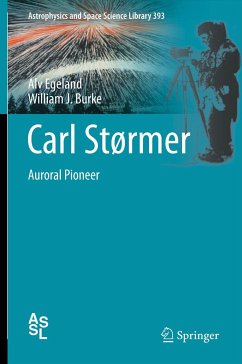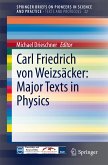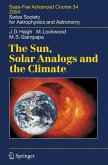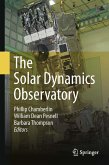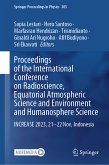Dieser Download kann aus rechtlichen Gründen nur mit Rechnungsadresse in A, B, BG, CY, CZ, D, DK, EW, E, FIN, F, GR, HR, H, IRL, I, LT, L, LR, M, NL, PL, P, R, S, SLO, SK ausgeliefert werden.
"The authors give a detailed account of his early life, his parents, and Størmer's growing interest in mathematics, astronomy, and botany. ... for those who have seen, or harbour hopes of seeing, the lights in the northern sky, this is a book worth reading as it will infect the reader with some of Størmer's magic and will make the experience so much more meaningful." (Ken Kennedy, The Observatory, Vol. 134 (1242), October, 2014)

